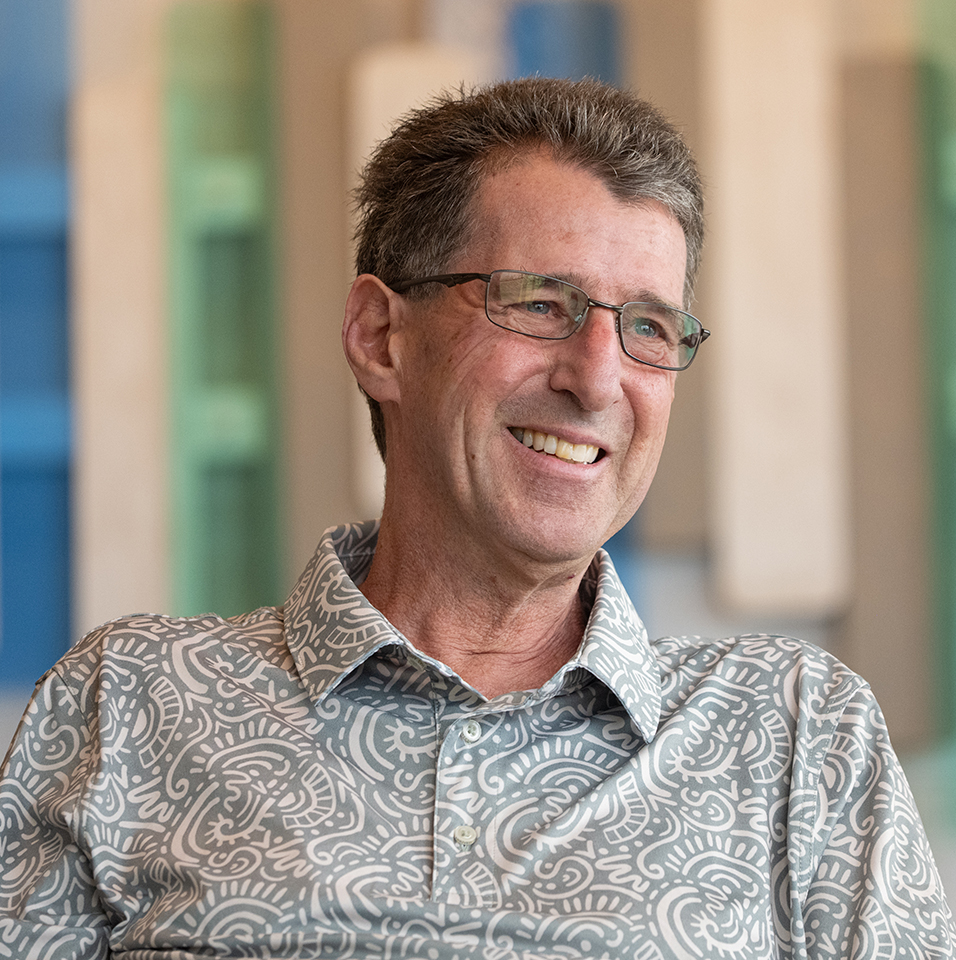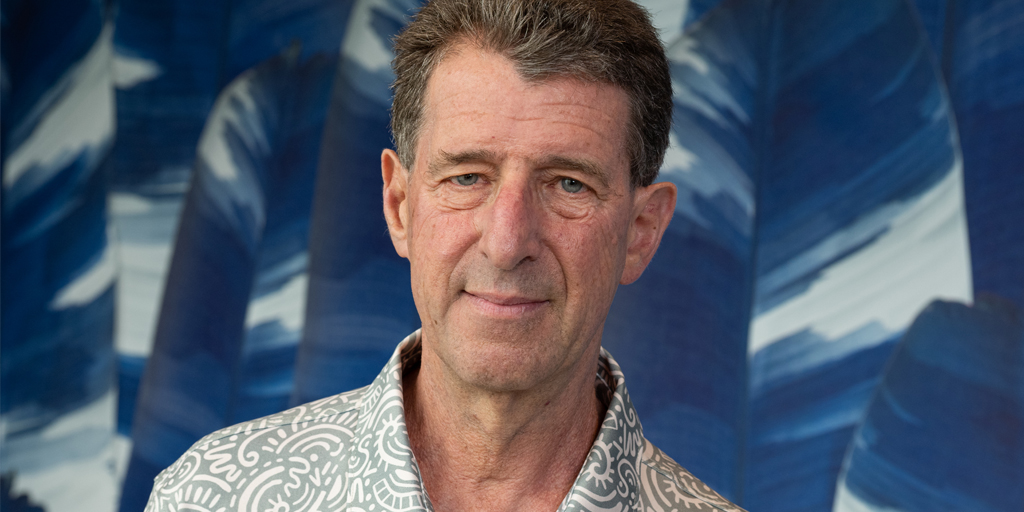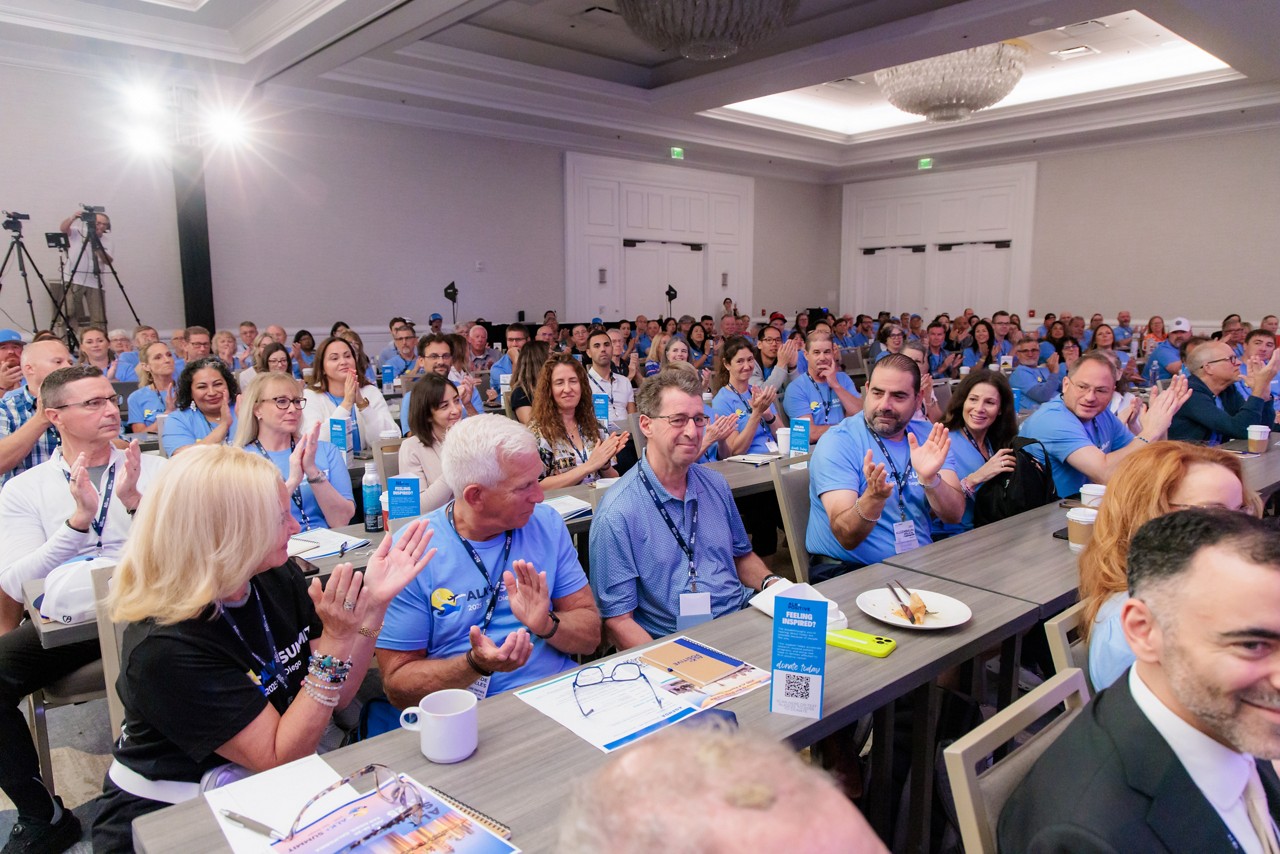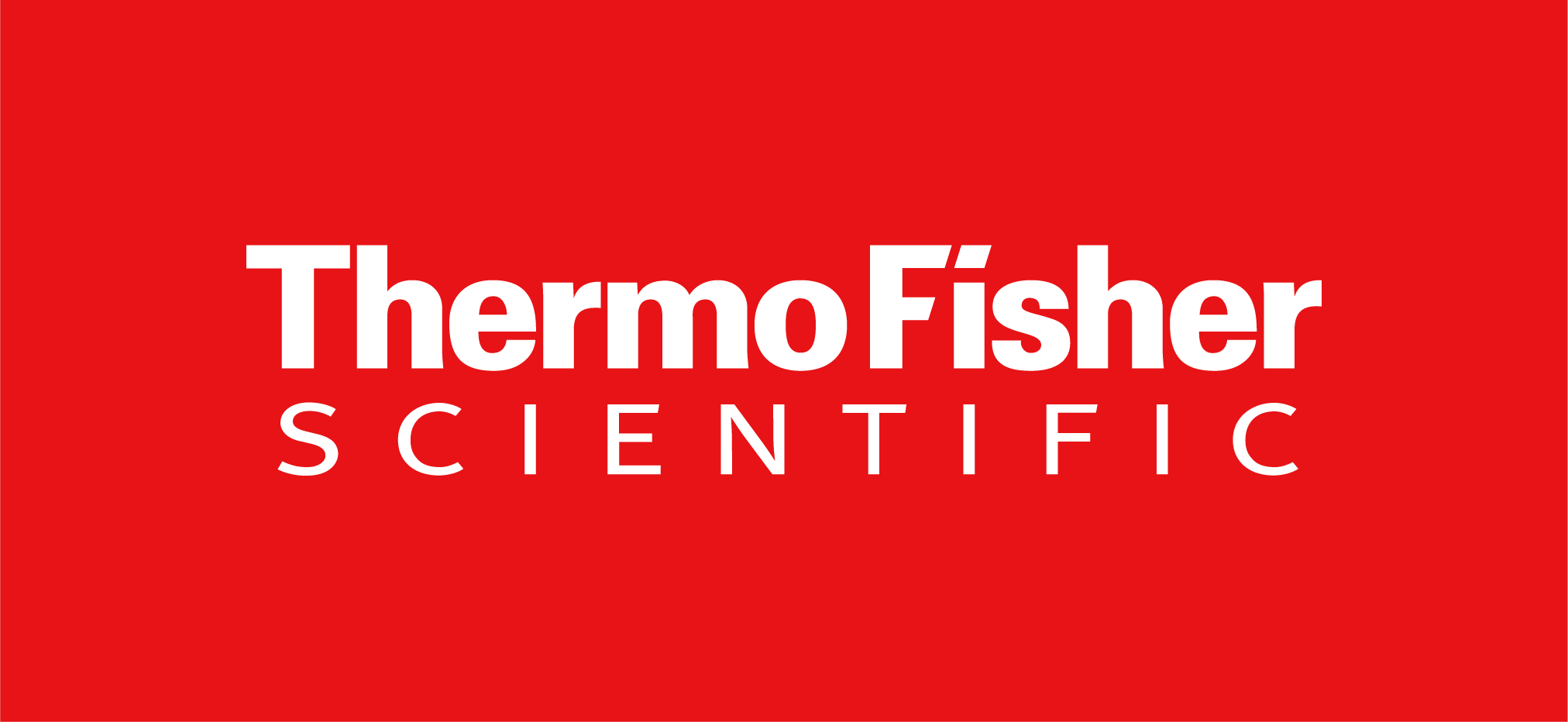By Terri Somers
Senior Manager, Global PR and StoryLab
 Colin Barton considers himself a lucky man.
Colin Barton considers himself a lucky man.
Testing identifies ALK mutation
In 2016, sudden onset back pain and a lingering cough convinced Colin to see a doctor for the first time in decades. The Australian, who relocated to Colorado with his American wife in 1995, dismissed the cough as the lingering aftereffect of a cold. The back pain, he thought, was a muscular strain from twisting and bending to get in a low-slung sports car. Then 57, he prided himself on being one of the few dentists he knew who did not suffer from career-related back pain.
A diagnosis of metastatic non-small cell lung cancer shocked Colin, who never smoked. In addition to the primary tumor in his left lung, cancer had spread to the membrane surrounding his lungs, called the pleura. There was also a large tumor on his spine. The cancer was incurable, doctors said.
About 85 percent of lung cancer, the deadliest cancer, is classified as non-small cell lung cancer. Roughly 20 percent of those cases are nonsmokers, about 30,000 people annually in the United States. Non-smokers with lung cancer are typically diagnosed at a younger age than smokers.
Colin needed immediate treatment. His doctor recommended chemotherapy, the standard protocol in 2016. As Colin researched chemotherapy side effects, he learned the median survival rate for his type of cancer was two years. He realized that meant his time could be as short as six months to a year. Based on his reading and the symptoms he was experiencing, he expected those to be rough months.
Colin also read articles that reported that some lung cancer patients experienced promising results with a treatment called immunotherapy, which boosts the ability of a patient’s own immune system to combat cancer. That is the treatment he told his doctor he wanted.
But after two infusions, Colin and his doctor began to think the effects of immunotherapy might speed up his demise.
A month into treatment, scans showed the lung tumor had doubled in size and was impinging on a nerve, stealing his voice. Meanwhile, his horrific back pain and unrelenting cough continued unabated, preventing sleep. He had an itchy rash all over his body, a reaction to the immunotherapy. He had to stand to eat because it was too painful to sit. And it was too painful to lie down to sleep.
“My quality of life was dreadful, and I figured I didn’t have much time left,” he said. “I took comfort knowing that my son was grown and my wife, an independent person, would not struggle financially.”
Then, unexpectedly, there was a glimmer of hope.
Colin’s oncologist called with what she said was exciting news: A sample of one of his tumors taken during a biopsy had been sent to a laboratory for genetic sequencing to determine whether its growth was being driven by a genetic mutation, which is a change in his DNA. The test results showed his tumor had an ALK (short for anaplastic lymphoma kinase) mutation, a fusion of the ALK gene and another gene, which causes cells to grow out of control. Further testing revealed the tumor might respond to a drug that inhibits the runaway growth of ALK-driven cells.
“None of those words meant anything to me at that time,” Colin recalled. “I wasn’t even aware that they were conducting the genetic tests on my tumor.”
Advancements in next-generation sequencing fuel precision medicine
In 2016, using next-generation sequencing (NGS) to identify cancer-driving mutations in patient tumors was in its infancy. So too were companion diagnostics (CDx) that are used to test for biomarkers, a type of biological flag on a cell, that indicates whether a particular drug can target the havoc caused by the cancer’s genetic mutation.
Although not widely adopted, the tests were most frequently used on lung cancer because multiple genetic mutations were linked to the disease. The testing was primarily conducted at large cancer centers equipped with all the necessary equipment and expertise, not at community clinics, where the majority of the world’s cancer patients receive treatment.
However, the community clinic that treated Colin sent the tissue from his biopsy to a commercial laboratory that could perform NGS. The results were returned after several weeks. For Colin, it was not too late to change his treatment.
His doctor prescribed an oral medication called crizotinib, known as a targeted therapy, it inhibits the results of the ALK mutation. It was the first ALK inhibitor approved by the U.S. Food and Drug Administration and had been shown to buy patients about 4 months before the disease progressed.
But Colin’s condition continued to worsen. Tests showed life-threatening liver damage. He soon needed supplemental oxygen at night and when walking. He also needed to use a walking stick.
Colin’s doctor then switched him to a second-generation ALK inhibitor, alectinib, hoping it would have less severe side effects. The new drug had the added benefit of being able to penetrate the blood-brain barrier, which prevents many substances from entering the brain. Non-small cell lung cancer often metastasizes to the brain, so Colin needed that protection. Studies have shown patients live a median of 35 months on alectinib before their cancer progresses.
Within a few weeks, Colin began to feel better. After about two months, his scans showed the cancer in his spine and pleura was mostly gone, although permanent damage was evident. Only a small area of residual tumor remained in his lung, and it has remained relatively stable.
“It was easy to understand why many people refer to these targeted therapies as miracle treatments,” Colin said.
 Colin Barton, retired dentist and lung cancer patient
Colin Barton, retired dentist and lung cancer patient
Rising interest in companion diagnostic development
Matching the genetics of someone’s cancer to a therapy that targets what is driving that cancer is the definition of personalized medicine, a goal of healthcare in the two decades since the development of NGS.
Studies conducted over the last decade have shown that the use of NGS and CDx to match cancer patients with targeted therapies as a first-line treatment significantly improves outcomes, such as quality of life and duration of survival, compared to treatment with chemotherapy, and then switching to a targeted therapy later.
Meanwhile, NGS technology has matured, driving interest from pharmaceutical companies that now regularly partner with NGS providers, such as Thermo Fisher Scientific, to co-develop companion diagnostics (CDx) to determine the right drug for patients.
“We have seen a significant expansion of biomarker-driven therapies in cancer treatment,” said Kathy Davy, president of the Next-Generation Clinical Sequencing business at Thermo Fisher.
For instance, in non-small cell lung cancer (NSCLC), there are now more than 20 approved targeted therapies across 10 biomarkers. Doctors can now examine multiple cancer biomarkers simultaneously from a single sample. This enables faster and more accurate diagnosis, leading to better treatments and outcomes.
“Thermo Fisher has been a leader in NGS CDx since 2015,” Davy said.
The company’s first-generation NGS companion diagnostic, the Oncomine Dx Target Test, is approved globally for up to 20 targeted therapies across 11 biomarkers in four types of cancer. It is available in 19 countries.
Despite all the technological advances and supporting research, only about 33 percent of patients benefit from NGS and CDx. More awareness and education among patients and physicians are still needed.
Gaps in Access
Several factors limit a broader, decentralized adoption of NGS being used to learn more about every case of cancer at a molecular level, said Luca Quagliata, Ph.D., vice president of medical affairs for Clinical Next Generation Sequencing and Oncology at Thermo Fisher.
Testing remains largely centered at major cancer centers or through large testing laboratories, requiring community hospitals to send biopsies off-site, Quagliata said. This process can take weeks, and far too frequently results are inconclusive due to the poor quality of the tissue or blood sample, or too small a sample; a set of issues pervasive in lung cancer cases, he said.
Such delays create serious challenges for patients, many of whom are diagnosed at advanced stages of disease, when both patients and physicians seek to begin treatment immediately, during the narrow window when a therapy may provide the best efficacy and slow disease progression, he said.
Philipp Meyn, M.D., a pulmonologist at a small lung cancer clinic in Wangen, a country town in southwest Germany, is too familiar with the drawbacks of outsourcing NGS testing to a faraway city.
“NGS is standard care, and we need to characterize the genetics of the tumor to know what treatment is best,” said Meyn, who treats about 300 new lung cancer patients a year in the community clinic that is about a two-hour drive from Stuttgart, the closest big city. “The faster we get results, the better we can treat patients,”
In the past, he could wait up to six weeks for NGS results, often forcing him to start patients on chemotherapy, which may not have been the best course of action.
His wait time significantly improved in 2022, when he began working with Professor Bence Sipos, a molecular pathologist who leads a specialized lab nearby. Sipos’ team was one of the first in the region to use Thermo Fisher’s Ion Torrent Genexus Dx Integrated Sequencer, a rapid NGS platform that can deliver tumor profiling results in as little as 24 hours. Meyn now receives results in two to five days. And he has seen a significant reduction in the number of biopsy samples that were too small for the pathologist to process.
He recalled one patient admitted to the hospital’s intensive care unit just a few days before Christmas two years ago. He called the lab’s pathologist and explained he had an urgent case. In 48 hours, he had the results of the NGS testing, put his patient on the best drug and she was out of ICU.
“If we hadn't got this result, the patient would have died,” Meyn said. “We’re in the middle of nowhere, and it’s fantastic that it’s possible to have this high-quality medicine.”
The promise of rapid genetic testing is global. In July, Thermo Fisher received FDA approval for the Oncomine™ Dx Express Test as an in vitro diagnostic (IVD) assay for use as a CDx for Dizal’s ZEGFROVY® (sunvozertinib) in the U.S. The clearance means that community hospitals — which account for about 84% of U.S. hospitals — can now implement this testing, reducing turnaround times from weeks to as little as 24 hours using the Genexus Dx Sequencer.
 Kirk Smith (left), president of ALK Positive Inc., a patient advocacy foundation, gives Colin Barton an award honoring his dedication to ALK-positive patients and life-saving research.
Kirk Smith (left), president of ALK Positive Inc., a patient advocacy foundation, gives Colin Barton an award honoring his dedication to ALK-positive patients and life-saving research.
Hope for the next decade
One weekend in July, Colin joined about 450 other people dealing with Stage 4, ALK-driven lung cancer – patients and their care partners - at a bayfront San Diego hotel for the 8th Annual ALK Positive Summit. Colin co-founded the non-profit organization that hosts the event, ALK Positive Inc., in 2017 to raise funds for scientific research and to provide resources and support to those dealing with an ALK-positive cancer diagnosis.
The foundation has raised $15 million for research to date, a figure expected to top $18 million by year’s end, which has led to promising clinical trials, he said. Colin has donated well over $1 million of his own savings.
Colin had planned to skip ALK Positive’s first summit in 2018.
“It sounds crazy, but I didn’t want to meet other ALK-positive patients,” he said. “Knowing them via the internet was one thing, but meeting them in person, getting to know them and care about them…I thought that would be too traumatic because most of them are going to die from the same disease I had.”
He changed his mind two days before the event and flew to Louisville, joining about 45 people, all patients and care partners. Colin’s voice cracks with emotion as he talks now about colleagues who were original board members and volunteers, including parents of young children, accomplished athletes and business leaders who have since succumbed to the disease.
Now the event has major corporate sponsors, including pharmaceutical and diagnostic testing companies. At the most recent summit, scientists and physicians from renowned universities and medical centers, all of whom specialize in ALK-driven cancers, presented findings from recently published research articles to an audience that took notes and applauded vigorously for each presentation.
Repeatedly, speakers mentioned the importance of NGS and CDx to improve treatment and extend lives.
Colin has repeated the same message frequently for years now.
“Biomarker testing should be done for all cancer patients, not just lung cancer – all cancer at all stages,” he said
As the summit opened, Kirk Smith, the president of ALK Positive, informed the crowd that the organization had analyzed the diagnosis and survival data of everyone in attendance. He posted the resulting chart to the giant video screens for all to see. He then asked people to stand when their survival cohort was called.
Twenty percent of those present were diagnosed in the past year. It continued until the last group, those diagnosed 10 years or more, about 10 percent of the audience, stood to prolonged applause and some tears.
“When I was diagnosed, there were only a couple of people who had been around before [tyrosine kinase inhibitors], so they’d only been treated with chemotherapy. One had been in a TKI clinical trial,” Colin said, referring to the class of drugs that combat ALK cancer.
“Now there’s a lot more hope.”
A third-generation ALK inhibitor, lorlatinib, was approved for first-line treatment in 2021. A study has shown that the median time until disease progression for patients prescribed lorlatinib as a first-line treatment has not been reached after five years. Patients and doctors hope it could be an average of eight or more years on the drug before disease progression. And now there’s a fourth-generation drug in clinical trials.
“There are people with a stage 4 lung cancer diagnosis who can go about living their normal, or their new normal, lives,” Colin said. “Who knows what the next 10 years will bring.
 The 450 ALK-positive cancer patients and their care partners who attended the patient summit in San Diego show their support and gratitude for the advocacy of Colin Barton (center).
The 450 ALK-positive cancer patients and their care partners who attended the patient summit in San Diego show their support and gratitude for the advocacy of Colin Barton (center).

